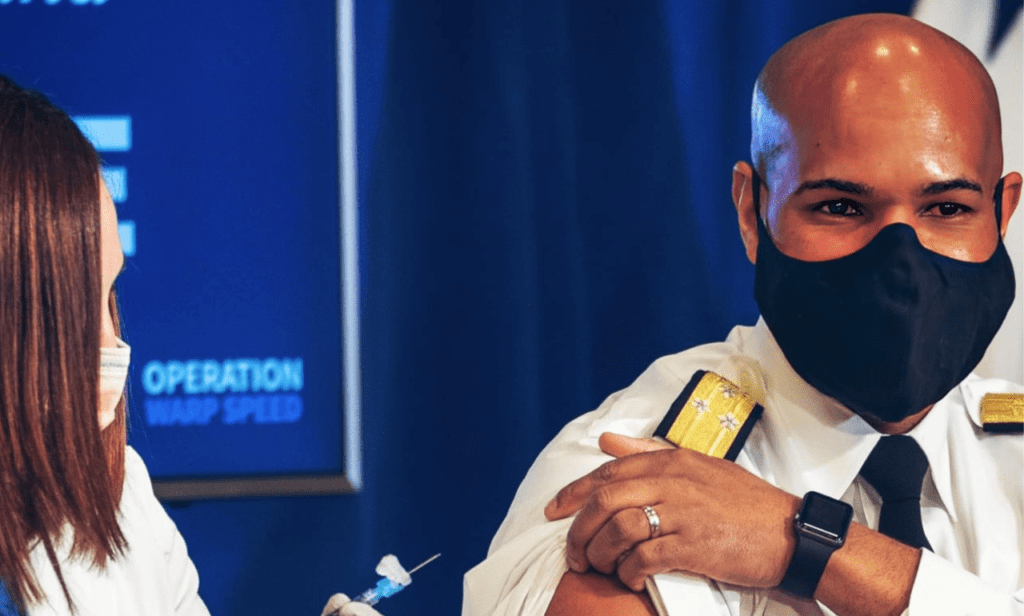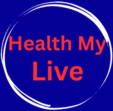
Former President Donald Trump’s recent critique of vaccines has ignited fierce debate, creating an uncomfortable paradox for public health leaders. The man who championed Operation Warp Speed—accelerating COVID-19 vaccines to market in record time—now questions their safety and necessity at political rallies. This reversal isn’t just political theater; it carries tangible risks for immunization efforts nationwide. Health professionals warn that such statements from influential figures can erode public trust during a fragile recovery period. Dr. Katelyn Jetelina, an epidemiologist advising the CDC, notes, “When leaders amplify vaccine skepticism without evidence, it fuels hesitancy we’ve battled for years. We’re already seeing measles outbreaks resurface in undervaccinated communities.” Data from the Centers for Disease Control reveals routine childhood vaccinations dropped 4% nationally since 2022, a trend experts link to persistent misinformation.
Trump’s specific claims—suggesting vaccines cause “unknown long-term effects”—contradict overwhelming scientific consensus. Studies tracking 12 million recipients of COVID-19 vaccines show serious adverse effects occur in less than 0.005% of cases. Dr. Peter Hotez of Baylor College of Medicine emphasizes, “Decades of peer-reviewed research confirm vaccine safety. Risk comparisons are stark: COVID-19 hospitalization rates are 12x higher among unvaccinated adults.” Yet rhetoric resonating with certain voter blocs complicates messaging. At a June rally in Michigan, Trump argued mandates “strip personal freedoms,” a narrative aligning with libertarian factions but clashing with epidemiologists’ warnings. This tension isn’t abstract. Ohio’s 2023 measles outbreak infected 89 children, primarily in communities where vaccination rates dipped below 90%, the threshold for herd immunity. Public health departments now allocate 30% more resources to counter misinformation, diverting funds from cancer screenings and diabetes programs.
The political calculus behind Trump’s stance reveals deeper divisions. Some strategists view vaccine skepticism as a loyalty test within the GOP base, despite party leaders like Senator Bill Cassidy—a physician—urging evidence-based positions. Polling by Pew Research indicates 68% of Republicans distrust federal vaccine guidance, versus 24% of Democrats. This polarization hampers outbreak responses. When Florida delayed measles vaccine advisories in 2024, cases spread across three states. “Public health shouldn’t be partisan,” says former FDA Commissioner Scott Gottlieb. “Misinformation from any leader costs lives.” Economic impacts are equally severe. The World Bank estimates pandemic-era immunization delays could shave $1.6 trillion from global GDP by 2030 due to workforce losses.
Rebuilding trust requires multifaceted solutions. Clinics in rural Texas now train “vaccine ambassadors”—local influencers who host community dialogues debunking myths. Johns Hopkins researchers found these initiatives boost uptake by 22% when paired with accessible data. International examples offer hope: After polio rumors surged in Pakistan, mobile apps sharing survivor stories increased vaccinations by 40%. Technology alone isn’t enough. Transparency about side effects—however rare—proves critical. The CDC’s V-SAFE system, which texts recipients for health updates, has documented over 10 million responses since 2021, providing real-time safety assurance. “Acknowledging minor risks like temporary fever builds credibility,” explains Jetelina. “Dismissing concerns outright backfires.”
Looking ahead, the fallout from vaccine skepticism extends beyond COVID-19. HPV vaccination rates—key to preventing cervical cancer—remain 20% below targets. Meanwhile, new RSV vaccines for seniors face uptake hurdles. Historical parallels are instructive. After Andrew Wakefield’s fraudulent 1998 paper linking vaccines to autism, measles resurged for a decade. Today, social media amplifies false claims faster than ever. Stanford analysts found anti-vaccine content reaches 3x more users than factual posts on some platforms. Regulatory responses are emerging: The EU’s Digital Services Act now fines tech firms for unchecked health misinformation. U.S. proposals include similar accountability measures.
Healthcare workers remain frontline defenders. Nurse practitioners in California now integrate vaccine counseling into routine visits, using visual aids showing disease impacts. “Comparing a child’s X-ray with pneumonia to a safe shot makes the abstract concrete,” says Los Angeles pediatrician Dr. Rina Shah. Clinics serving hesitant populations report 35% higher compliance when framing vaccines as community protection rather than individual choice. Global partnerships also play a role. Gavi, the Vaccine Alliance, supports low-income countries with supply chains and education, preventing 16 million deaths since 2000. Their model underscores a universal truth: Combating hesitancy requires empathy, not just facts. As polio survivor Paul Alexander advocates, “Survival stories remind people what’s at stake.”
Ongoing research aims to preempt future crises. NIH trials for single-dose universal flu vaccines could simplify schedules, reducing barriers. Investment in mRNA technology—pioneered during the pandemic—promises faster responses to emerging threats. Still, funding gaps persist. Congress’s 2024 cut to the Prevention and Public Health Fund slashed $500 million from immunization programs. Advocacy groups like Vaccinate Your Family push for restoration, citing ROI studies: Every dollar spent on vaccines saves $10 in healthcare costs.
The interplay between politics and public health remains fraught. Trump’s comments reflect a broader anti-establishment sentiment, but health leaders stress consequences outweigh messaging gains. “Elections fade,” says Hotez. “Eroding vaccine confidence leaves permanent scars.” With respiratory illnesses evolving and climate change expanding vector-borne diseases, high immunization rates are nonnegotiable. As schools reopen this fall, districts in 17 states now require measles vaccinations after waiver surges. Legal scholars note these policies withstand court challenges, citing precedent protecting community welfare.
Ultimately, navigating this landscape demands nuance. Valid concerns about pharmaceutical oversight shouldn’t overshadow vaccines’ historic role in doubling global life expectancy. Balancing individual rights with collective safety is messy but necessary. Clinicians urge focusing on common ground: All parents want healthy children. Reframing vaccines as tools for empowerment—not coercion—resonates across ideologies. Pilot programs in churches and mosques have cut racial disparities in immunization by half. “Trust is built in neighborhoods, not headlines,” says Jetelina. While politicians debate, local solutions forge paths forward, preserving progress against preventable suffering.
